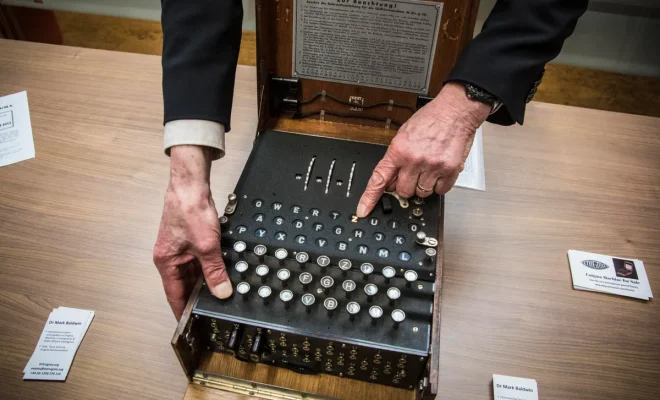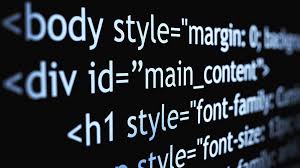Untangling Enigma’s code

In the annals of military history, few stories are as captivating as the quest to crack the Enigma code. This cipher, employed by the Nazis during World War II, was thought to be unbreakable—a belief that made the subsequent success in dismantling its secrets all the more extraordinary.
Enigma machines, first developed in the early 1920s, were used extensively by German forces to send encrypted messages. They relied on a system of rotating cipher disks and a complex set of plugboard connections to scramble plain text into seemingly unintelligible gibberish. For years, the inner workings of Enigma puzzled cryptanalysts worldwide.
The breakthrough came at the hands of an extraordinary team at Bletchley Park in England—a wartime intelligence center where some of the best minds were gathered specifically for this daunting task. Among them was Alan Turing, a pioneering mathematician and logician. Turing developed a machine known as the Bombe, a device capable of sifting through millions of potential settings to determine correct Enigma machine configurations.
This decodification process wasn’t just about designing and utilizing machinery; it required a deep understanding of the language patterns and operational procedures used by German operatives. Making sense of Enigma’s enciphered communications also involved recognizing day-specific settings called “keys”, and daily changes that required constant adaptation from Bletchley’s codebreakers.
What started as an exercise in pure cryptography evolved into one of the earliest forms of systematic computing, with implications reaching far beyond its initial wartime purpose. Cracking Enigma was not only pivotal for the Allied war effort—resulting in significant strategic advantages—but it also laid foundational concepts for modern cybersecurity and encryption methods.
The legacy of those who untangled Enigma’s intricate web is one we live with today every time we trust that our digital communications are secure. As we look back on this remarkable feat of intellect and perseverance, it’s clear that breaking Enigma’s code was one of the defining triumphs against totalitarian secrecy—a victory that echoes through to our modern era where information is both weapon and shield.




